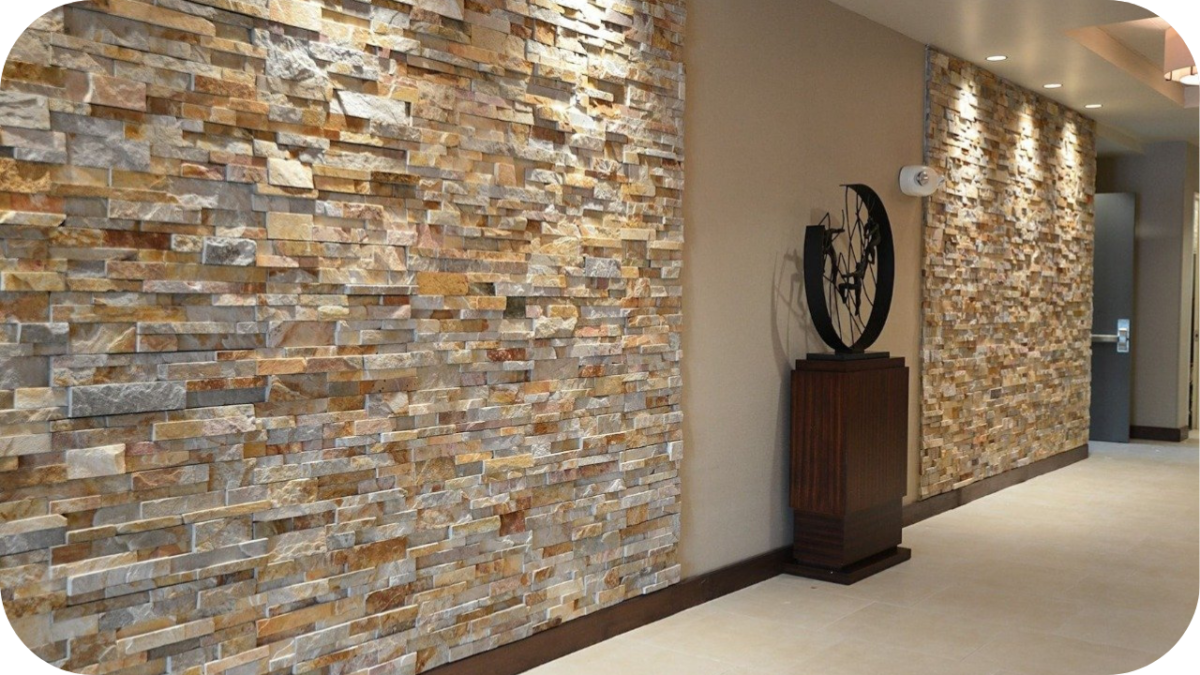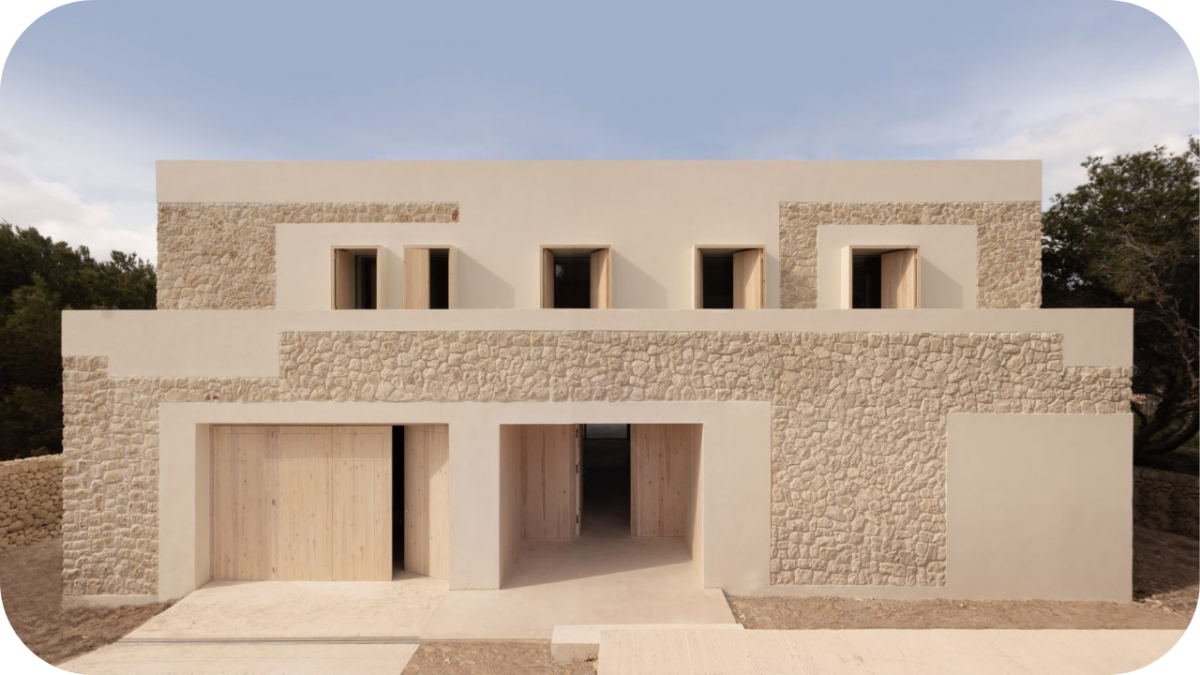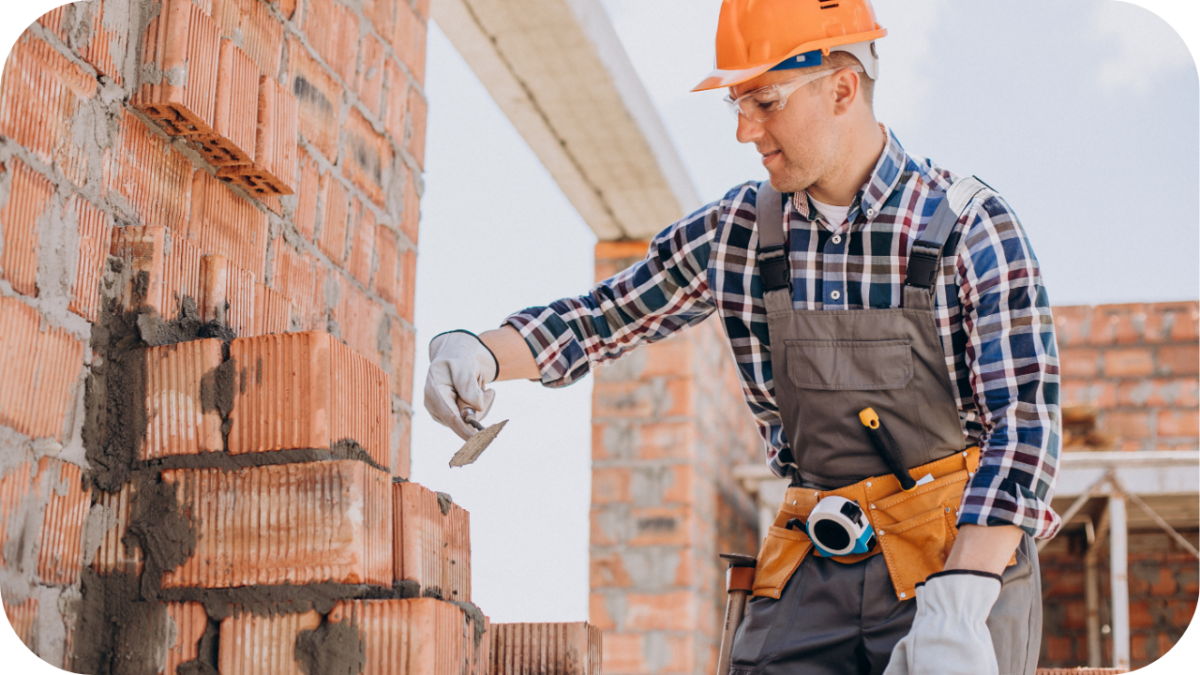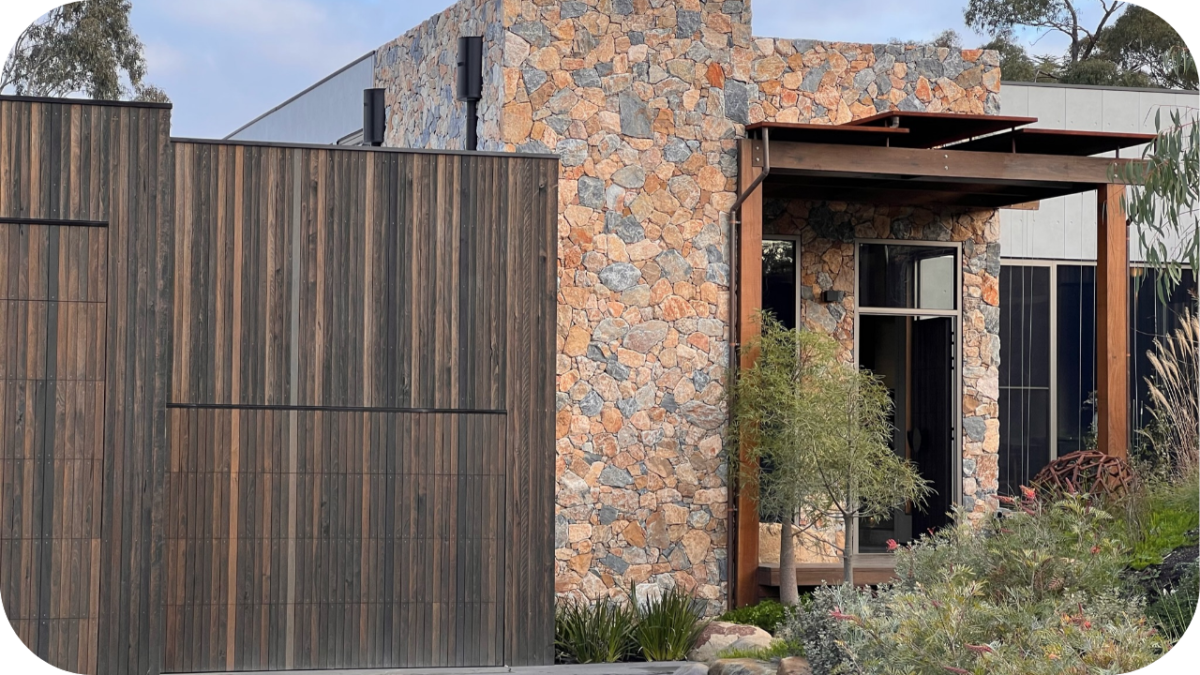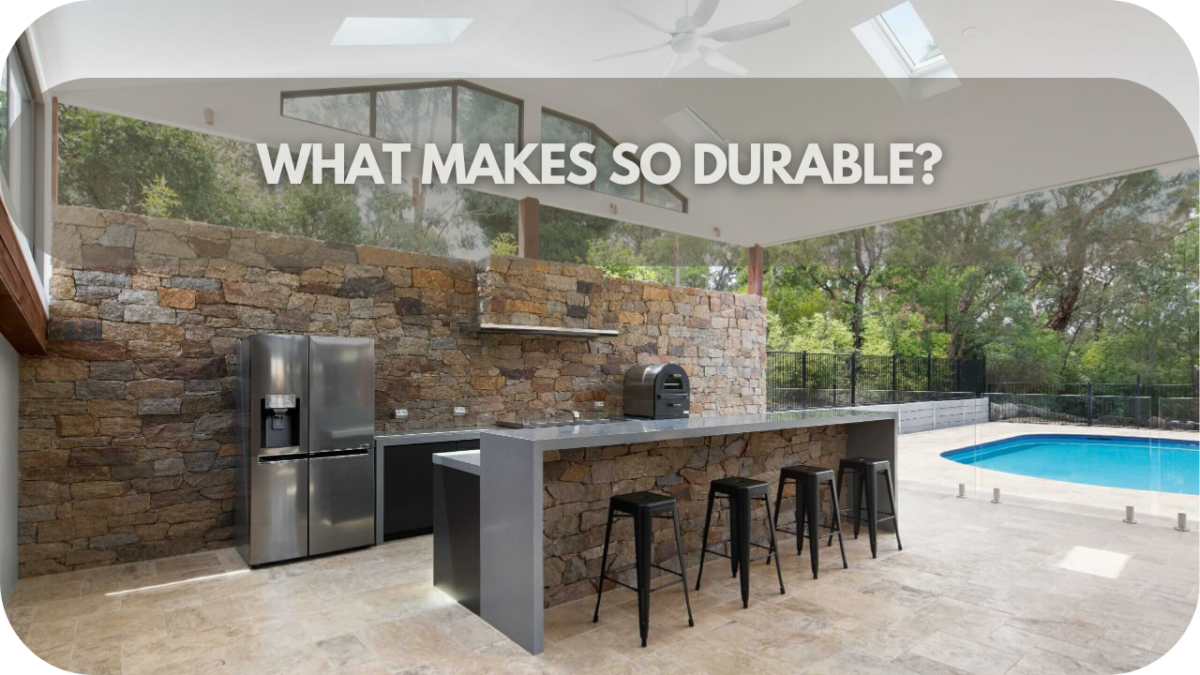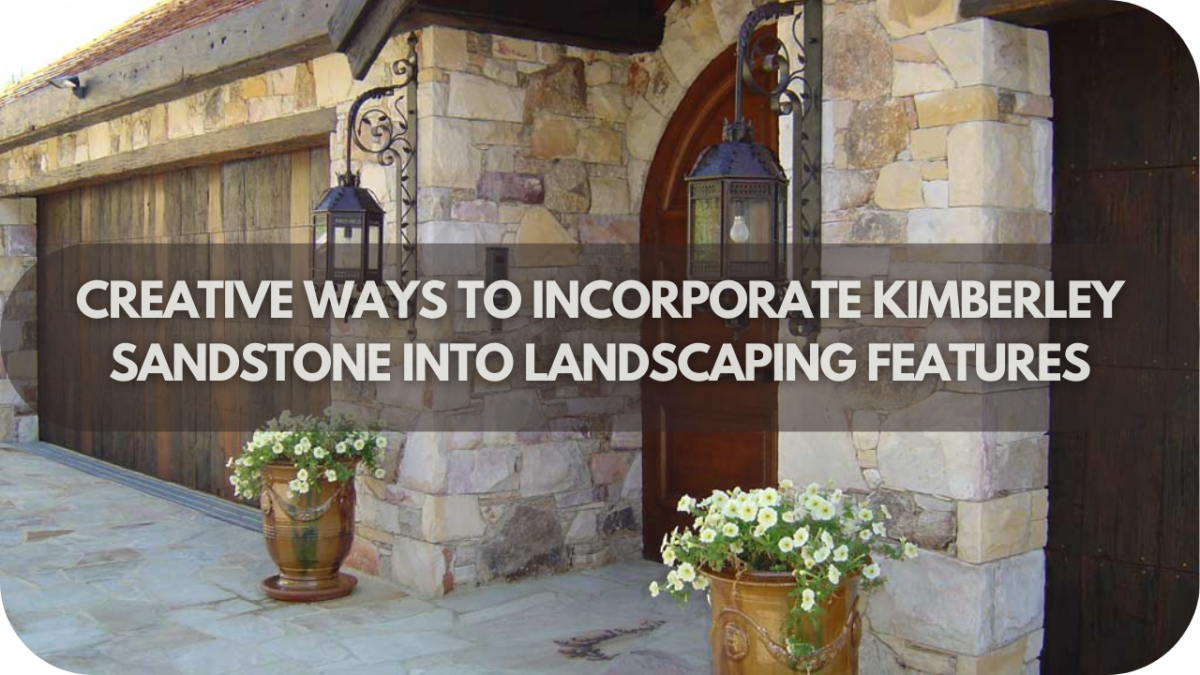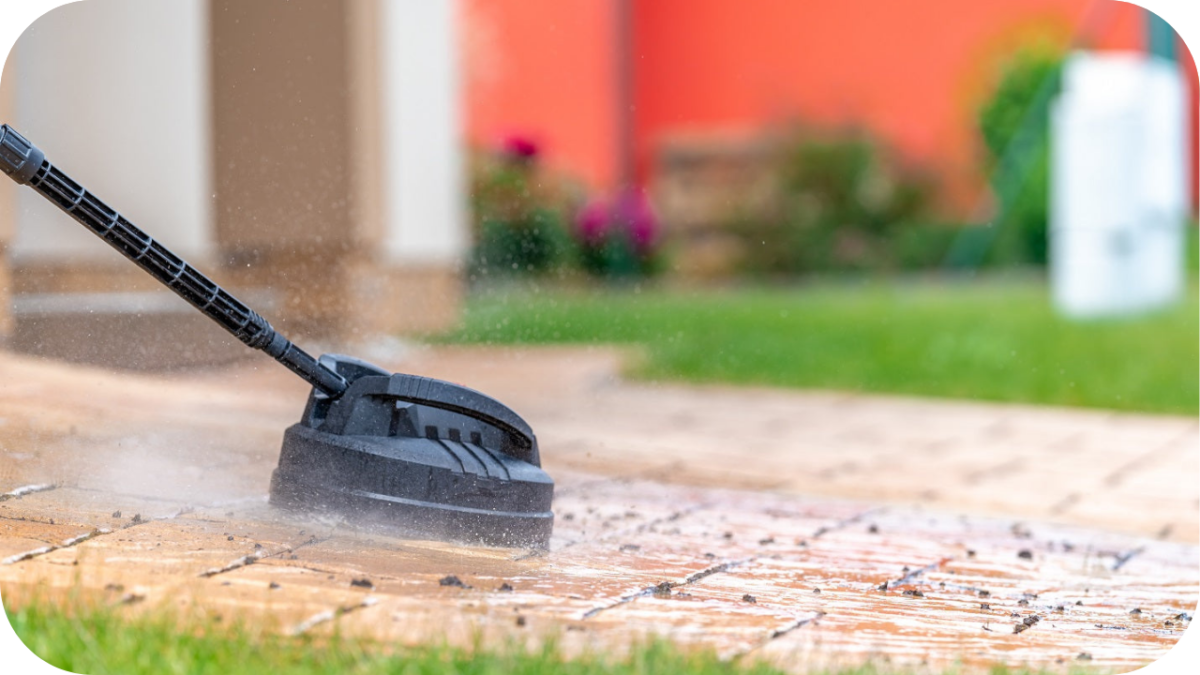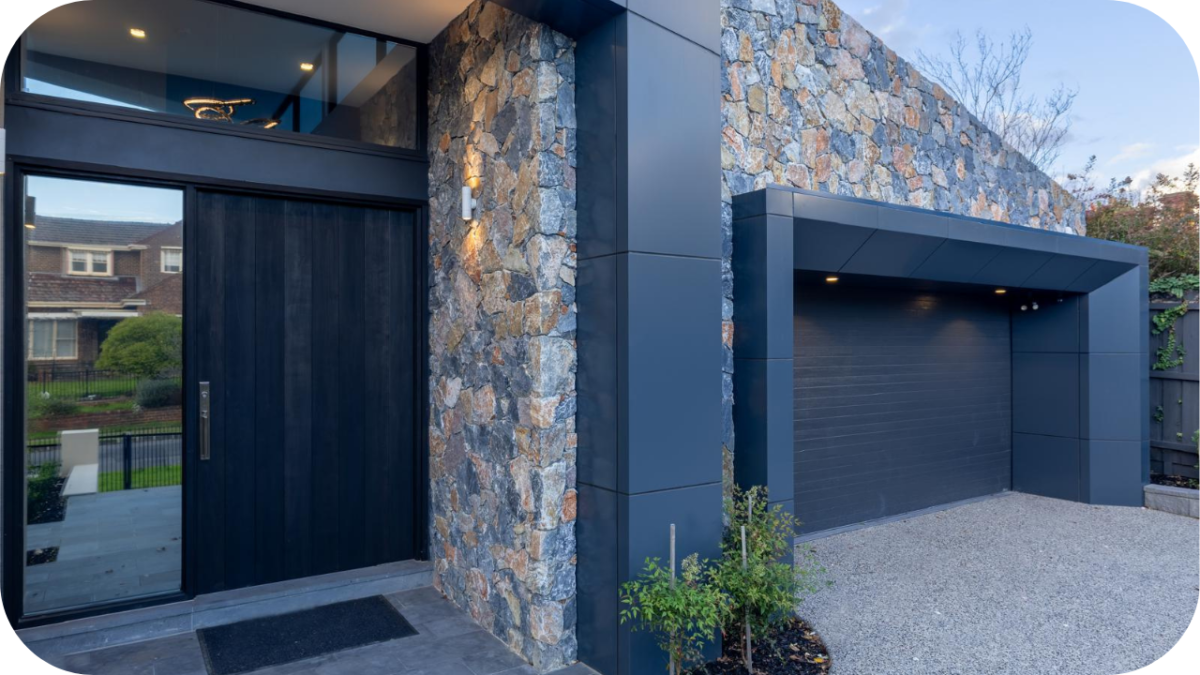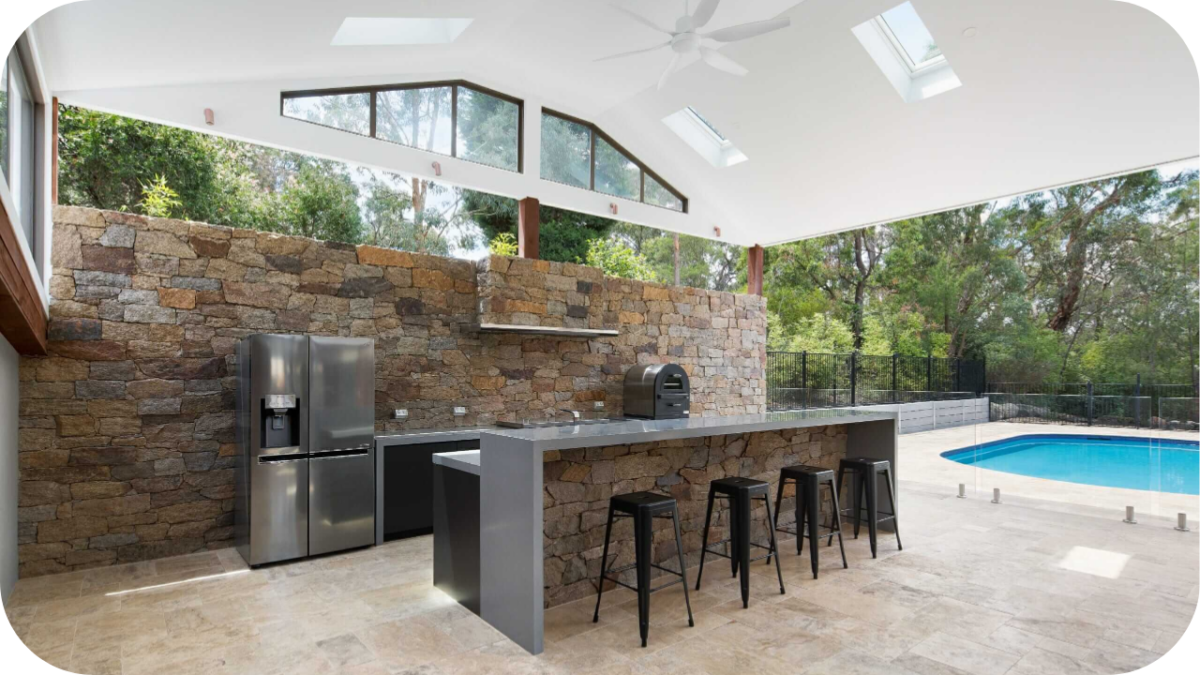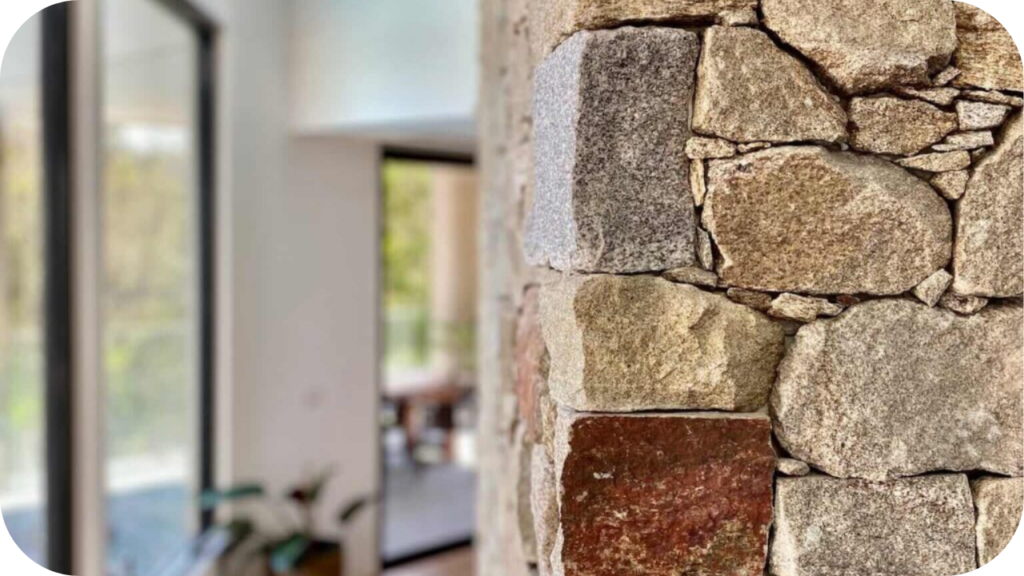Does Exposure to Saltwater Damage Roman Sandstone?
Roman sandstone has stood the test of time with its rich history and enduring beauty. However, exposure to saltwater poses a serious threat to this ancient material. Saltwater can significantly deteriorate Roman sandstone, leading to irreversible damage.
This guide will examine how saltwater affects this historic stone, its long-term consequences, and, most importantly, how to protect it for future generations. Discover why preserving Roman sandstone from saltwater is crucial for conservation efforts.
Does Exposure to Saltwater Damage Roman Sandstone?
Exposure to saltwater can significantly damage Roman sandstone by causing salt crystallisation, which weakens the stone over time. This process leads to surface pitting, cracking, and increased porosity, ultimately compromising its structural integrity. Preventive measures, such as applying sealants, regular cleaning, and restoration efforts, protect Roman sandstone from saltwater damage and ensure its preservation.
What is Roman Sandstone?
Roman sandstone, a key building material used by ancient Roman architects, is renowned for its durability and versatility. This fine-grained stone is primarily composed of sand particles cemented together by minerals, giving it a smooth texture. Roman sandstone was used to construct iconic Roman structures such as temples, aqueducts, and baths.
Roman sandstone’s ability to withstand the rigours of time makes it so significant, but it’s not invincible. Over the centuries, environmental factors, including saltwater exposure, have taken their toll on many of these once-grand structures. Roman sandstone is highly susceptible to saltwater erosion, which weakens its structure and alters its appearance.
Saltwater and Its Effects on Stone
Saltwater is not just water with a high salt concentration; it contains various minerals and salts, such as sodium chloride, that can harm stone materials.
When saltwater contacts stone, it penetrates the surface, dissolving and interacting with minerals in the stone. This can lead to salt crystallisation, where salts form crystals within the stone. As they dry, these crystals can expand, causing the stone to crack and deteriorate.
Saltwater exposure can severely damage many types of stone, especially those used in historic buildings. It weakens the stone and potentially threatens the integrity of entire structures.
Roman sandstone is particularly vulnerable to this chemical interaction, especially in coastal areas frequently exposed to saltwater.
How Saltwater Affects Roman Sandstone Specifically
When Roman sandstone is exposed to saltwater, the primary concern is the reaction between the salts and the minerals in the stone. Salt crystals begin to form within the pores of the sandstone.
As these crystals expand, they pressure the surrounding stone, causing it to crack and flake. This process, called efflorescence, leads to visible damage over time, particularly in surface pitting and discolouration.
In coastal regions, Roman sandstone structures exposed to saltwater face accelerated weathering. The combination of humidity, salty air, and direct contact with seawater can severely degrade the stone, making it brittle and prone to breaking apart. The damage can be so severe that entire sections of historical structures have been lost to saltwater erosion.
In addition to physical damage, saltwater exposure can discolour Roman sandstone, giving it an unsightly, weathered appearance. This not only diminishes its aesthetic value but also reduces its historical integrity.
Long-Term Effects of Saltwater Exposure on Roman Sandstone
Saltwater exposure can lead to long-term degradation of Roman sandstone, often with subtle but severe consequences. Here’s what you need to know:
- Gradual Expansion of Salt Crystals: Salt crystals continue expanding and contracting within the stone, weakening and deteriorating the structure.
- Increased Porosity: As the stone becomes more porous, it becomes more vulnerable to further damage from environmental factors like wind and rain.
- Loss of Strength and Stability: Over prolonged periods of exposure, Roman sandstone begins to lose its original form and strength, making it prone to crumbling.
- Cumulative Damage: The effects of saltwater don’t happen all at once. Instead, the damage gradually worsens over time, often without visible signs in the early stages.
- Delayed Visible Effects: The full extent of the damage may not be apparent for decades, and structural integrity may be compromised long before it is visibly noticeable.
Preservation Methods to Protect Roman Sandstone from Saltwater Damage
Preserving Roman sandstone from saltwater damage requires careful and proactive steps. Here’s how to protect this historic material:
1. Apply Protective Sealants or Coatings
Protective sealants or coatings are essential to prevent saltwater from penetrating Roman sandstone. These substances create a barrier that blocks direct contact between the stone and saltwater, helping to shield it from the harmful effects of salt crystallisation.
Sealants form this protective layer, reducing the potential for deterioration and ensuring the longevity of the stone, even in coastal environments.
2. Regular Maintenance and Cleaning
Routine maintenance is crucial for preserving the condition of Roman sandstone. Cleaning the stone regularly helps remove salt deposits that naturally accumulate from saltwater exposure, preventing long-term damage.
Additionally, using specialised treatments to neutralise salt buildup can stop the salts from entering the stone’s pores, further protecting it from erosion and surface discolouration. This ongoing care is key to maintaining the stone’s strength and appearance.
3. Restoration Efforts
Restoration efforts are necessary when. Techniques such as stabilising Roman sandstone show signs of saltwater damage, and restoration efforts are required. Techniques like re-stabilising weakened areas and filling in cracks can help restore the stone’s structural integrity.
These repairs address the damage caused by saltwater exposure, preventing further degradation and extending the lifespan of the sandstone. Proper restoration ensures the continued durability of this valuable material, especially in historic structures.
4. Use of Advanced Technologies
Advanced technologies can help preserve particularly delicate Roman sandstone artefacts or monuments. Climate-controlled environments help maintain a stable atmosphere around the stone, reducing the effects of temperature and humidity fluctuations that can exacerbate saltwater damage.
Additionally, digital monitoring systems provide real-time data on the condition of the stone, enabling conservationists to make timely interventions and better understand the stone’s needs. These technologies are vital in safeguarding Roman sandstone artefacts in museum settings, where long-term preservation is critical.
How to Assess Saltwater Damage on Roman Sandstone
Assessing saltwater damage on Roman sandstone is crucial for determining the extent of the harm and the necessary steps for restoration. Key indicators of saltwater damage include surface pitting, discolouration, and the appearance of white powdery deposits (salt efflorescence) on the stone’s surface.
Conservationists often use tools such as digital scanners or laser profiling to assess the condition of the stone in more detail. Measuring the stone’s porosity is another effective method for determining saltwater damage. The more porous the stone, the more likely saltwater has caused significant internal damage.
Regular inspections of Roman sandstone structures, especially in coastal areas, are vital for identifying early signs of saltwater damage and mitigating further deterioration.
Conclusion
Roman sandstone can withstand saltwater exposure, but erosion and surface pitting may occur over time. Proper sealing and maintenance help preserve its natural beauty and durability.
Expert guidance is key if you’re considering Roman sandstone for coastal or salt-exposed areas. Contact Splendour in Stone today for premium stone solutions built to last!


